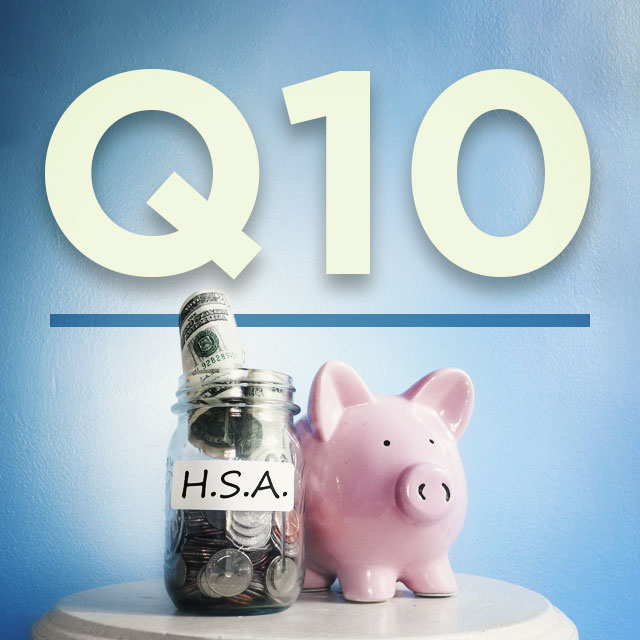
10. What is an IRA-to-HSA rollover?
Individuals are only permitted to execute an IRA-to-HSA rollover once in a lifetime. That's true regardless of whether the employee continues to be eligible to fund an HSA from other sources of funding. The most the employee can roll over in any given year is the annual HSA contribution limit. In 2022, those limits are $3,650 for self-only coverage and $7,300 for employees with family HDHP coverage (in 2023, those limits increase to $3,850 and $7,750). Employees who have reached age 55 are entitled to make an additional $1,000 catch-up contribution. Further, employees should know that the strategy is only available for deductible IRA funds.
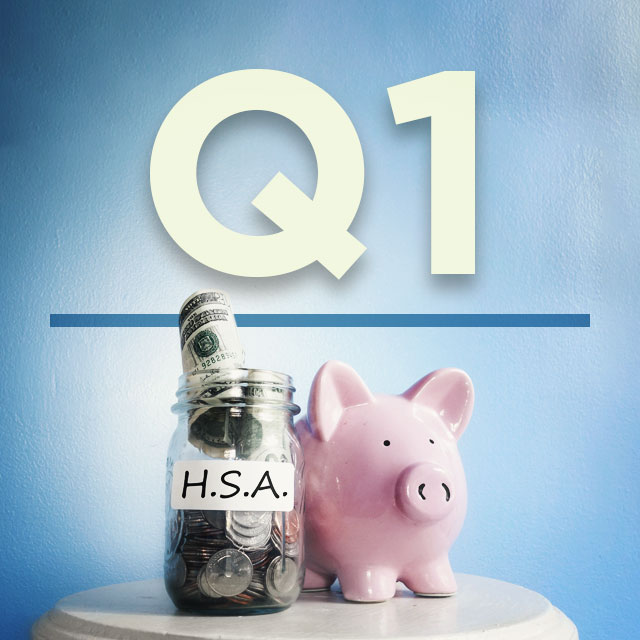
1. How do HSAs differ from health FSAs?
HSAs and Health Flexible Spending Accounts (FSAs) differ in many ways, including use of funds post-layoff. Individuals who have lost their jobs continue to have access to the funds in their old HSA and can even transfer that HSA to a new provider. In other words, as long as the employee remains covered by a high-deductible health plan (HDHP), there is no "use it or lose it" rule. The funds simply roll over from year to year and continue to grow tax-free. Health FSA funds, on the other hand, are forfeited at the end of each year (absent a grace period or carryover allowance). Employees who are furloughed or laid off similarly lose the amounts in their health FSAs.
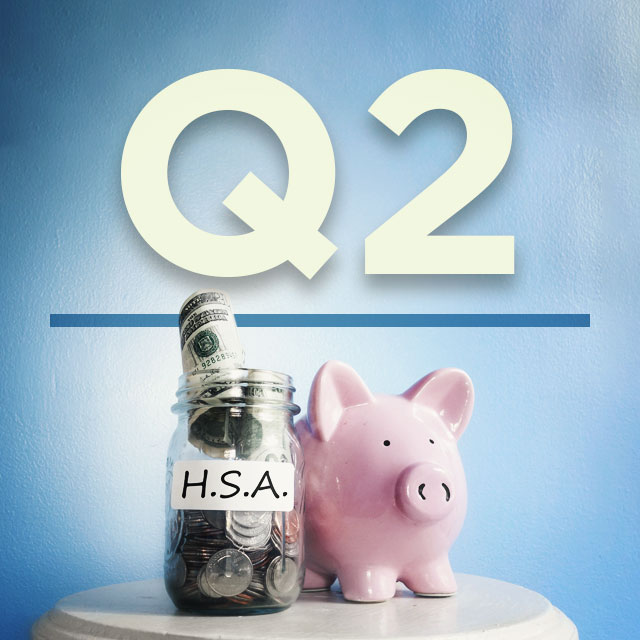
2. Who makes contributions to an HSA?
Contributions to an HSA generally may be made either by an individual, by an individual's employer, or by both. If contributions are made by an individual taxpayer, they are deductible from income. If contributions are made pre-tax by an employer, they are excluded from employee income.
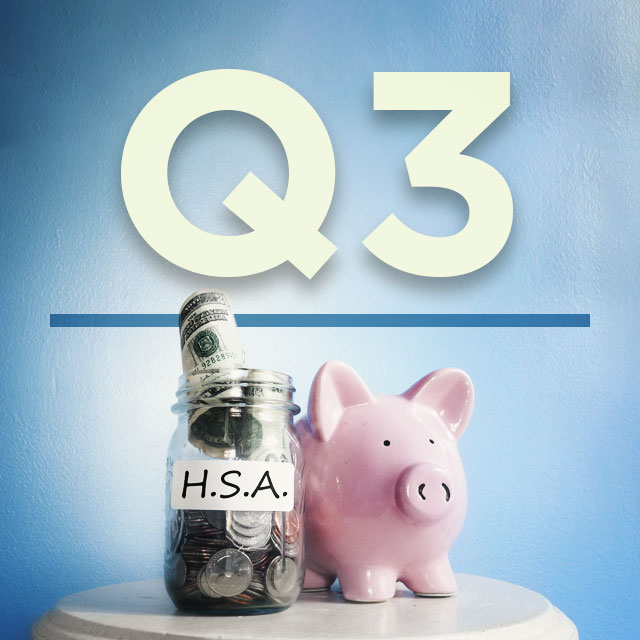
3. Can participation in a health FSA impact an individual's ability to contribute to an HSA?
GCM 201413005 states that carrying over FSA funds from year one to year two will prevent an individual from participating in a health savings account (HSA) in year two. HSA-eligible individuals must have qualifying HDHP coverage and no non-HDHP coverage other than permitted insurance, coverage providing only certain types of preventive care, or coverage with a deductible that equals or exceeds the statutory minimum annual HDHP deductible (collectively, HSA-compatible coverage). Unused amounts from a general-purpose health FSA that could be carried over to an HSA-compatible health FSA may be used during the general-purpose health FSA's run-out period to reimburse expenses covered by the general-purpose health FSA that were incurred during the previous plan year.
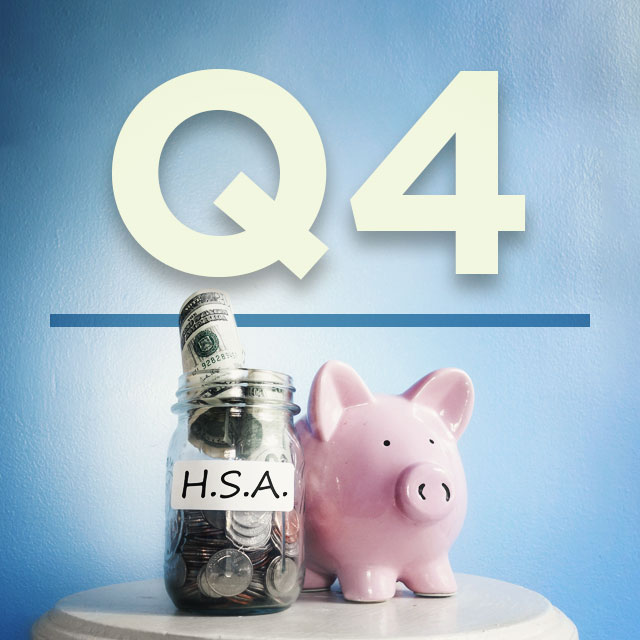
4. How are HSAs taxed?
An HSA itself is exempt from income tax as long as it remains an HSA. Contributions may be made through a cafeteria plan under IRC Section 125. Distributions from HSAs are not includable in gross income if they are used exclusively to pay qualified medical expenses. Distributions used for other purposes are includable in gross income and may be subject to a penalty, with some exceptions.
Advertisement

5. What are some other tax advantages of an HSA?
Account owners receiving HSA contributions pre-tax through an employer, whether they are employer contributions or employee payroll deferral through a Section 125 plan, avoid Social Security taxes, Medicare taxes (together with Social Security referred to as FICA), federal unemployment taxes (FUTA), Railroad Retirement Act taxes, and in most cases state unemployment taxes (SUTA). Any interest, dividends, or other appreciation of the assets in an HSA grow tax-deferred while in the HSA.
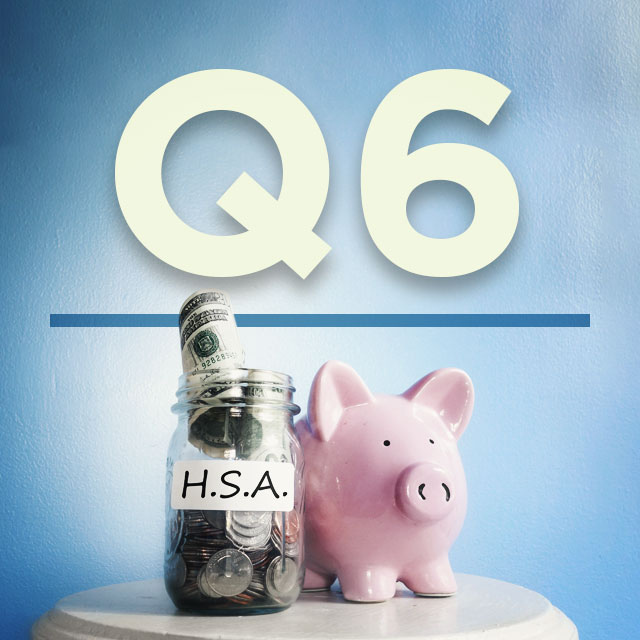
6. What does triple tax advantage mean?
HSAs are triple-tax-preferred savings accounts, meaning employees fund the accounts with pre-tax dollars, the earnings grow tax-free, and withdrawals made for permissible health expenses are tax-free. The catch is that employees must be covered by a HDHP to fund an HSA. As Tax Facts notes, in 2020, eligible employees can contribute up to $3,550 for self-only coverage or up to $7,100 if the HDHP provides family coverage. HDHPs are generally health insurance plans that have a minimum annual deductible of $1,400 for self-only coverage in 2020 ($2,800 for family coverage). Taxpayers who are at least 55 years old can contribute an extra $1,000 per year above and beyond the typical limits.

7. What are some disadvantages of an HSA?
Many of the disadvantages of HSAs are only in comparison to traditional low or no deductible health insurance. Some HSA owners may face higher deductibles, there is the potential to incur a large medical expense before having time to build a sufficient cushion in an HSA, and more tax reporting is required because HSA owners must account for both HSA contributions and distributions each year on their income tax return. Additional potential disadvantages include the sometimes-complex rules of HSAs and the time it takes to maintain such an account.
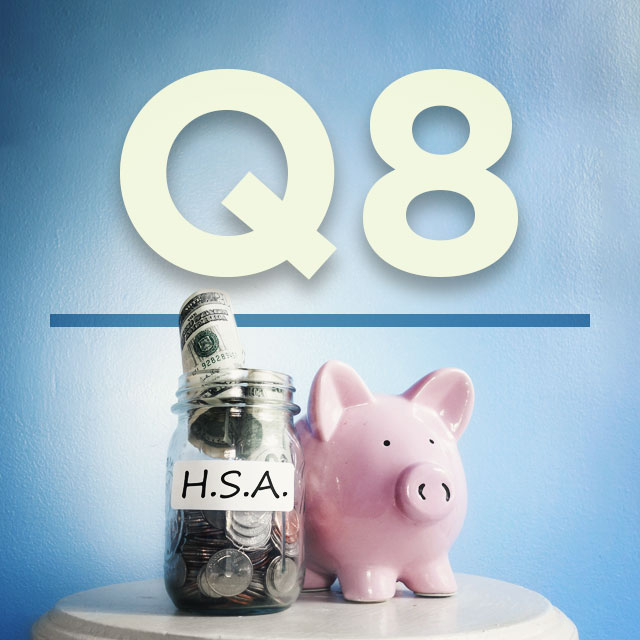
8. Are HSAs covered by ERISA?
HSAs are generally not subject to the Employee Retirement Income Security Act of 1974 (ERISA). HSA plans avoid much of the complexity that goes with an ERISA covered plan, making it a good choice for employers desiring greater simplicity. An employer that exercises too much discretion over employees' HSAs could cause an employer HSA program to become an ERISA plan, but that is not likely.

9. How did the 2016 DOL fiduciary rule impact HSA programs?
The DOL's 2016 rule influenced HSAs in many ways, including expanding the definition of a fiduciary so that it would apply in the context of providing investment advice for an HSA. The rule made HSA custodians (and potentially others) fiduciaries if they provided investment advice or recommendations for a fee or other compensation with respect to HSA assets. Although the previous rule also potentially made HSA custodians and others fiduciaries if they provided investment advice, the 2016 DOL rule applied in a wider array of advice relationships.
Advertisement

10. What is an IRA-to-HSA rollover?
Individuals are only permitted to execute an IRA-to-HSA rollover once in a lifetime. That's true regardless of whether the employee continues to be eligible to fund an HSA from other sources of funding. The most the employee can roll over in any given year is the annual HSA contribution limit. In 2022, those limits are $3,650 for self-only coverage and $7,300 for employees with family HDHP coverage (in 2023, those limits increase to $3,850 and $7,750). Employees who have reached age 55 are entitled to make an additional $1,000 catch-up contribution. Further, employees should know that the strategy is only available for deductible IRA funds.

1. How do HSAs differ from health FSAs?
HSAs and Health Flexible Spending Accounts (FSAs) differ in many ways, including use of funds post-layoff. Individuals who have lost their jobs continue to have access to the funds in their old HSA and can even transfer that HSA to a new provider. In other words, as long as the employee remains covered by a high-deductible health plan (HDHP), there is no "use it or lose it" rule. The funds simply roll over from year to year and continue to grow tax-free. Health FSA funds, on the other hand, are forfeited at the end of each year (absent a grace period or carryover allowance). Employees who are furloughed or laid off similarly lose the amounts in their health FSAs.

2. Who makes contributions to an HSA?
Contributions to an HSA generally may be made either by an individual, by an individual's employer, or by both. If contributions are made by an individual taxpayer, they are deductible from income. If contributions are made pre-tax by an employer, they are excluded from employee income.

3. Can participation in a health FSA impact an individual's ability to contribute to an HSA?
GCM 201413005 states that carrying over FSA funds from year one to year two will prevent an individual from participating in a health savings account (HSA) in year two. HSA-eligible individuals must have qualifying HDHP coverage and no non-HDHP coverage other than permitted insurance, coverage providing only certain types of preventive care, or coverage with a deductible that equals or exceeds the statutory minimum annual HDHP deductible (collectively, HSA-compatible coverage). Unused amounts from a general-purpose health FSA that could be carried over to an HSA-compatible health FSA may be used during the general-purpose health FSA's run-out period to reimburse expenses covered by the general-purpose health FSA that were incurred during the previous plan year.

4. How are HSAs taxed?
An HSA itself is exempt from income tax as long as it remains an HSA. Contributions may be made through a cafeteria plan under IRC Section 125. Distributions from HSAs are not includable in gross income if they are used exclusively to pay qualified medical expenses. Distributions used for other purposes are includable in gross income and may be subject to a penalty, with some exceptions.
Advertisement

5. What are some other tax advantages of an HSA?
Account owners receiving HSA contributions pre-tax through an employer, whether they are employer contributions or employee payroll deferral through a Section 125 plan, avoid Social Security taxes, Medicare taxes (together with Social Security referred to as FICA), federal unemployment taxes (FUTA), Railroad Retirement Act taxes, and in most cases state unemployment taxes (SUTA). Any interest, dividends, or other appreciation of the assets in an HSA grow tax-deferred while in the HSA.

6. What does triple tax advantage mean?
HSAs are triple-tax-preferred savings accounts, meaning employees fund the accounts with pre-tax dollars, the earnings grow tax-free, and withdrawals made for permissible health expenses are tax-free. The catch is that employees must be covered by a HDHP to fund an HSA. As Tax Facts notes, in 2020, eligible employees can contribute up to $3,550 for self-only coverage or up to $7,100 if the HDHP provides family coverage. HDHPs are generally health insurance plans that have a minimum annual deductible of $1,400 for self-only coverage in 2020 ($2,800 for family coverage). Taxpayers who are at least 55 years old can contribute an extra $1,000 per year above and beyond the typical limits.

7. What are some disadvantages of an HSA?
Many of the disadvantages of HSAs are only in comparison to traditional low or no deductible health insurance. Some HSA owners may face higher deductibles, there is the potential to incur a large medical expense before having time to build a sufficient cushion in an HSA, and more tax reporting is required because HSA owners must account for both HSA contributions and distributions each year on their income tax return. Additional potential disadvantages include the sometimes-complex rules of HSAs and the time it takes to maintain such an account.

8. Are HSAs covered by ERISA?
HSAs are generally not subject to the Employee Retirement Income Security Act of 1974 (ERISA). HSA plans avoid much of the complexity that goes with an ERISA covered plan, making it a good choice for employers desiring greater simplicity. An employer that exercises too much discretion over employees' HSAs could cause an employer HSA program to become an ERISA plan, but that is not likely.

9. How did the 2016 DOL fiduciary rule impact HSA programs?
The DOL's 2016 rule influenced HSAs in many ways, including expanding the definition of a fiduciary so that it would apply in the context of providing investment advice for an HSA. The rule made HSA custodians (and potentially others) fiduciaries if they provided investment advice or recommendations for a fee or other compensation with respect to HSA assets. Although the previous rule also potentially made HSA custodians and others fiduciaries if they provided investment advice, the 2016 DOL rule applied in a wider array of advice relationships.
Advertisement

10. What is an IRA-to-HSA rollover?
Individuals are only permitted to execute an IRA-to-HSA rollover once in a lifetime. That's true regardless of whether the employee continues to be eligible to fund an HSA from other sources of funding. The most the employee can roll over in any given year is the annual HSA contribution limit. In 2022, those limits are $3,650 for self-only coverage and $7,300 for employees with family HDHP coverage (in 2023, those limits increase to $3,850 and $7,750). Employees who have reached age 55 are entitled to make an additional $1,000 catch-up contribution. Further, employees should know that the strategy is only available for deductible IRA funds.
Related: Seasonal allergies are nothing to sneeze at: Help employees find relief with FSA and HSA funds
Are you advising your employees correctly when it comes to health savings accounts? In the gallery above are 10 important tax and financial planning questions and answers employers should be aware of regarding this important employee benefit. The following is content pulled from ALM's Tax Facts Online that answers some of the most important questions surrounding HSAs.
© Touchpoint Markets, All Rights Reserved. Request academic re-use from www.copyright.com. All other uses, submit a request to [email protected]. For more inforrmation visit Asset & Logo Licensing.
Emily Holbrook
Emily Holbrook serves as owner and head content creator at Red Label Writing LLC, a content studio that collaborates primarily with the insurance and financial services sectors. She can be reached at [email protected].






